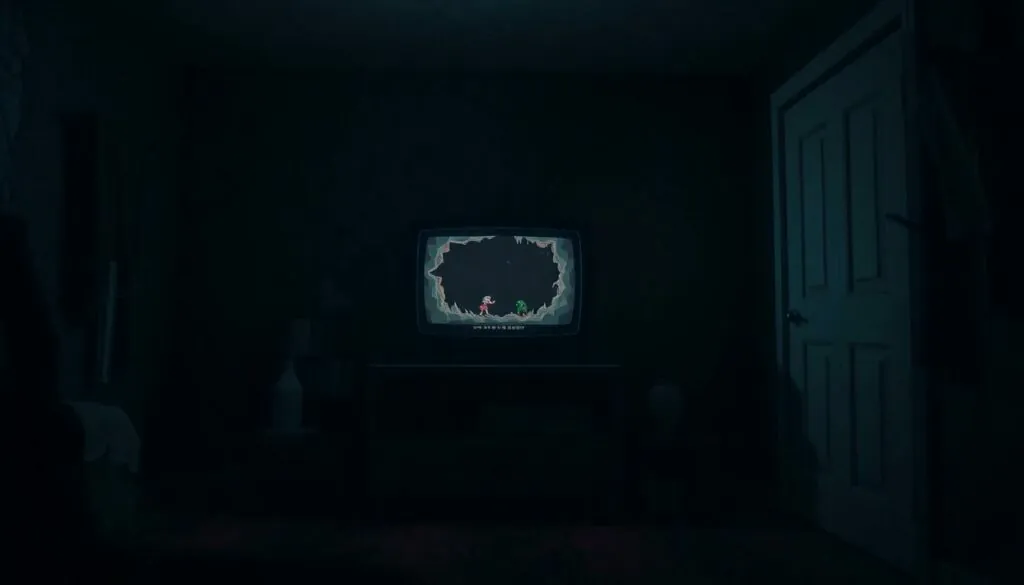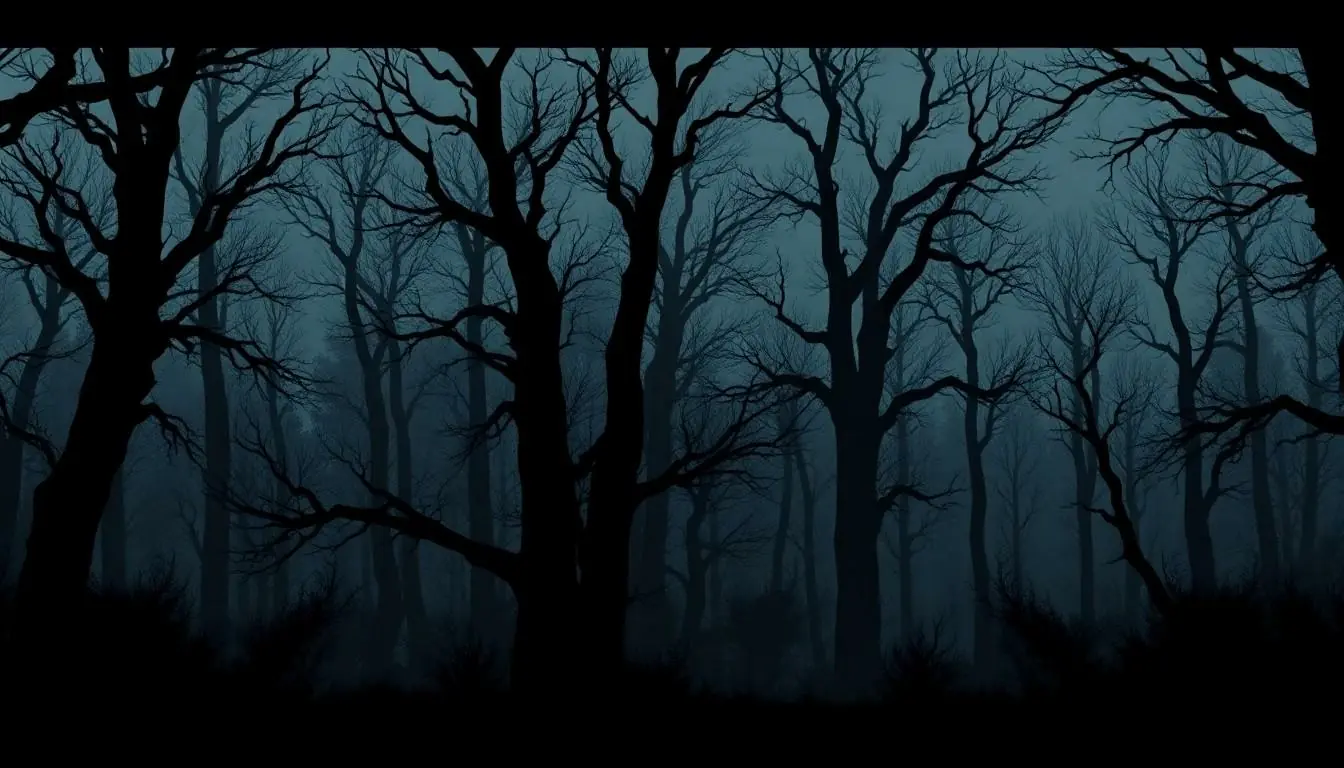In a world where jump scares and heart-pounding graphics reign supreme, 2D horror games offer a delightful twist. They prove that you don’t need cutting-edge technology to deliver spine-tingling thrills. Instead, these pixelated nightmares draw players into eerie atmospheres with clever storytelling and creative gameplay.
Table of Contents
ToggleOverview of 2D Horror Games
2D horror games carve out a distinct niche in the gaming industry by blending simplicity with suspense. They often rely on pixelated art styles that evoke nostalgia while immersing players in dark narratives. Unique gameplay mechanics in these titles enhance tension, utilizing limited graphics to focus on atmosphere and storytelling instead of relying on graphical fidelity alone.
Environmental design plays a crucial role in establishing the eerie settings typical in these games. Players often explore dimly lit rooms filled with creepy soundscapes, which intensifies the horror experience. These elements create a sense of dread that lingers long after gameplay ends.
Engaging narratives characterize many 2D horror games, offering rich storylines filled with memorable characters and plot twists. Strong character development adds layers to the gaming experience, prompting players to invest emotionally in their journeys.
Popular titles like “Limbo” and “Hollow Knight” exemplify the unique qualities of 2D horror, showcasing how storytelling can flourish within the constraints of simpler graphics. Players navigate these worlds, encountering puzzles and challenges that reveal the darker aspects of the games’ stories.
Community engagement fosters growth in 2D horror games. Many developers rely on feedback from players to enhance gameplay and narrative elements. This collaborative approach not only strengthens the gaming experience but also creates a tight-knit community of horror enthusiasts.
2D horror games continue to captivate audiences, proving that compelling narratives and atmospheric design can create memorable experiences without the need for cutting-edge technology.
Key Features of 2D Horror Games
2D horror games stand out with their distinctive characteristics that enhance the gaming experience. They excel in creating chilling environments while emphasizing strong narratives.
Atmosphere and Art Style
Unique visual elements define the atmosphere of 2D horror games. Pixelated art styles often evoke nostalgia, making the dark themes more accessible. Designers utilize limited color palettes, contributing to feelings of dread and unease. Shadows play a significant role, creating suspense in the game’s environment. Users experience an immersive ambiance where soundscapes complement visuals, intensifying the horror. Each scene contributes to the overall narrative, drawing players deeper into the story. Iconic titles like “Limbo” show how simplicity can amplify fear, engaging players effectively.
Gameplay Mechanics
Gameplay mechanics in 2D horror games focus on tension and engagement. Puzzle-solving often weaves through the narratives, requiring players to think critically. Fear-based elements, such as stealth and resource management, challenge players throughout the game. In some instances, limited health or saves heighten the sense of urgency, increasing the stakes. Exploration often reveals deeper story layers, encouraging replayability. Interactive environments enrich gameplay, allowing players to confront their fears uniquely. Games like “Hollow Knight” exemplify these mechanics, blending exploration with gripping stories that captivate audiences.
Popular 2D Horror Games
2D horror games capture the imagination by combining simplicity with psychological depth. These titles generate fear through well-crafted gameplay and storytelling.
Game 1: Description and Analysis
Limbo stands out for its atmospheric visuals and haunting narrative. Players control a boy navigating a dark, eerie world filled with traps and spectral foes. The monochromatic art style enhances the unsettling ambiance, making players feel vulnerable. Puzzles often revolve around timing and critical thinking, drawing players deeper into its nightmarish realms. Its minimalist sound design punctuates the tension, heightening the overall sense of dread.
Game 2: Description and Analysis
The Last Door offers a unique pixelated aesthetic and an engaging storyline. The game revolves around a character’s investigation of dark secrets from the past. Sharp dialogue and deliberate pacing immerse players in the narrative as they explore Victorian-era settings. Each chapter reveals unsettling themes that keep players intrigued. The atmospheric music and sound effects sustain a creeping sense of horror throughout, enhancing the gaming experience.
Game 3: Description and Analysis
Hollow Knight blends intricate gameplay mechanics with a richly developed world. Players assume the role of a small knight exploring the hollow kingdoms, filled with grotesque creatures. The art style conveys both beauty and eeriness, enhancing the emotional connection with the environment. Exploration emphasizes discovery while challenging players to solve intricate puzzles. Emotional storytelling unfolds through subtle world-building, leading to memorable encounters that resonate long after gameplay concludes.
The Impact of 2D Horror Games on the Genre
2D horror games significantly influence the gaming landscape by redefining player engagement and immersion. Unique storytelling techniques shape emotional connections, allowing players to invest in character arcs and narratives. Enhanced atmosphere, crucial in these games, evokes a sense of dread through clever use of soundscapes and minimalistic visuals.
Games like “Limbo” and “Hollow Knight” exemplify this impact by captivating audiences with their haunting art styles and complex themes. Such titles prove that narratives can thrive even without cutting-edge graphics, relying instead on storytelling and player experience. Popular game mechanics, including puzzle-solving and resource management, elevate the tension, making gameplay more engaging and memorable.
Environmental design plays a pivotal role in creating immersive experiences. Dark, dimly lit settings foster anxiety and anticipation, drawing players deeper into the narrative. The use of pixelated graphics not only evokes nostalgia but also mirrors the psychological aspects of the stories being told.
Community involvement strengthens this genre’s growth. Developers frequently listen to player feedback, refining gameplay elements and enhancing stories. This collaboration fosters a passionate fanbase, encouraging discussions and ideas that inspire new games and updates.
Memorable characters and plot twists are essential in distinguishing 2D horror games from others. Players encounter profound emotional journeys that challenge their perceptions and fears. Crafting a blend of simplicity and depth, these games illustrate that effective horror doesn’t rely on graphical fidelity. The lasting impact of 2D horror games solidifies their status in the broader gaming industry, ensuring their place as a unique and influential genre.
Conclusion
2D horror games have carved out a significant space in the gaming world by proving that compelling storytelling and atmosphere can overshadow the need for advanced graphics. Their unique blend of pixelated art and immersive soundscapes creates an experience that resonates with players on an emotional level.
Titles like “Limbo,” “The Last Door,” and “Hollow Knight” exemplify how these games can deliver rich narratives filled with suspense and intrigue. As the genre continues to evolve, community engagement remains a driving force, allowing developers to refine their creations based on player feedback.
The enduring appeal of 2D horror games lies in their ability to evoke fear and fascination, reminding everyone that sometimes less truly is more.




